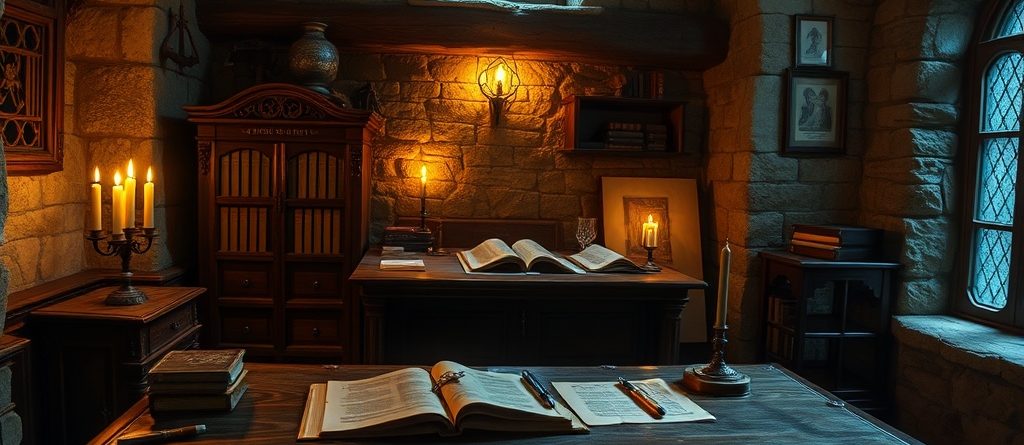The narrative within the book delves into the life of Sir Baldwin de Montclare, a fictional representation of a Templar knight who embodies the struggle between faith and the harsh realities of warfare during the Crusades. This story is less about historical account and more about the exploration of human experiences, marked by courage, sacrifice, and moral dilemmas faced by the Templars. As Baldwin navigates the complexities of his role, the book illustrates how the Templars dealt not only with external conflicts but also with internal strife, treachery, and the moral righteousness of their mission.
Central to Baldwin’s journey is his unwavering faith and commitment to justice, even amid the Order’s darkest hours. His leadership serves as a beacon of hope and resilience, reminding readers of the enduring ideals that the Templars sought to embody. The depiction of Baldwin’s character offers insights into the principles that guided Templar knights, such as brotherhood, loyalty, and a sense of duty—traits that became crucial in their quest for redemption and survival.
As the plot unfolds, the complexities and leadership challenges of the Templar Order become evident. Baldwin’s story is intricately tied to the larger narrative of the Templars’ persecution and the legendary wealth that remains shrouded in mystery. With questions lingering about what truly happened to the wealth and knowledge of the Templars, the book extends beyond a mere tale of knights; it engages with a narrative that resonates with modern themes of faith, power, and the longing for truth. The historical context serves not just as a backdrop but as an active participant in the evolution of Baldwin’s character, ultimately creating a rich tapestry reflective of the continuous quest for understanding that defines their legacy today.



Leave a Reply